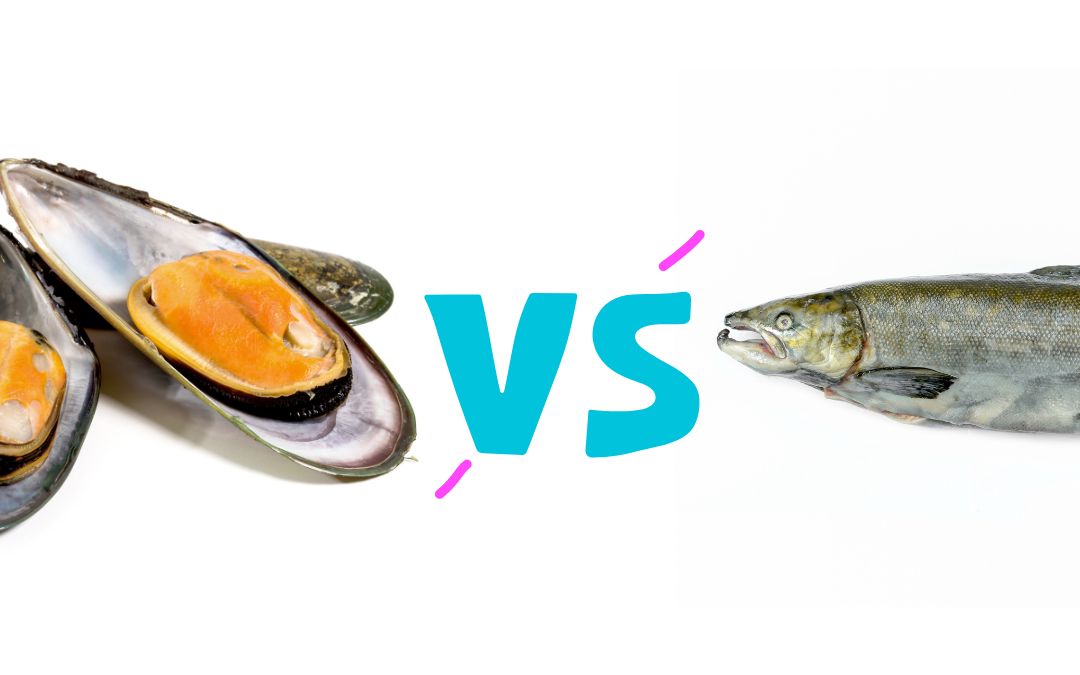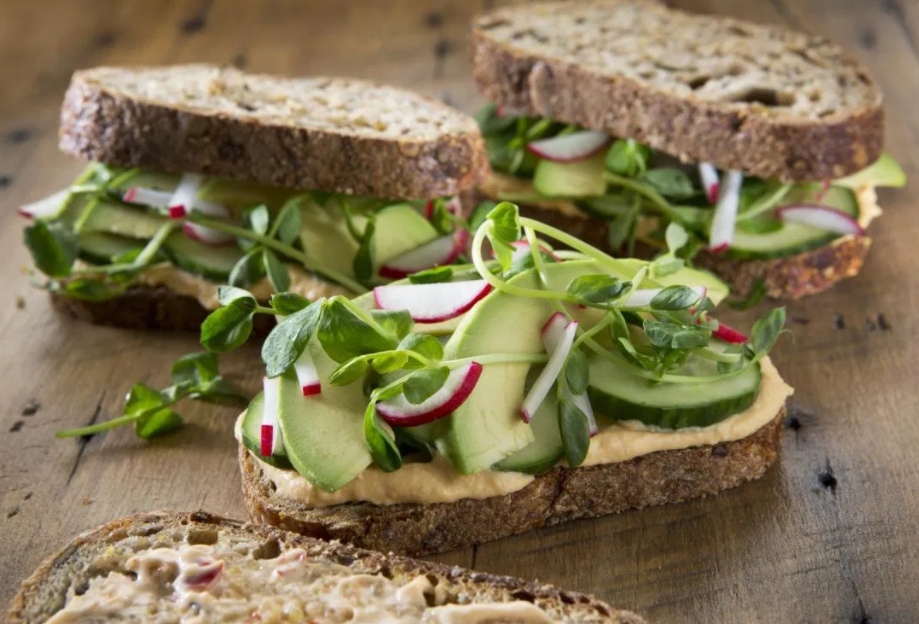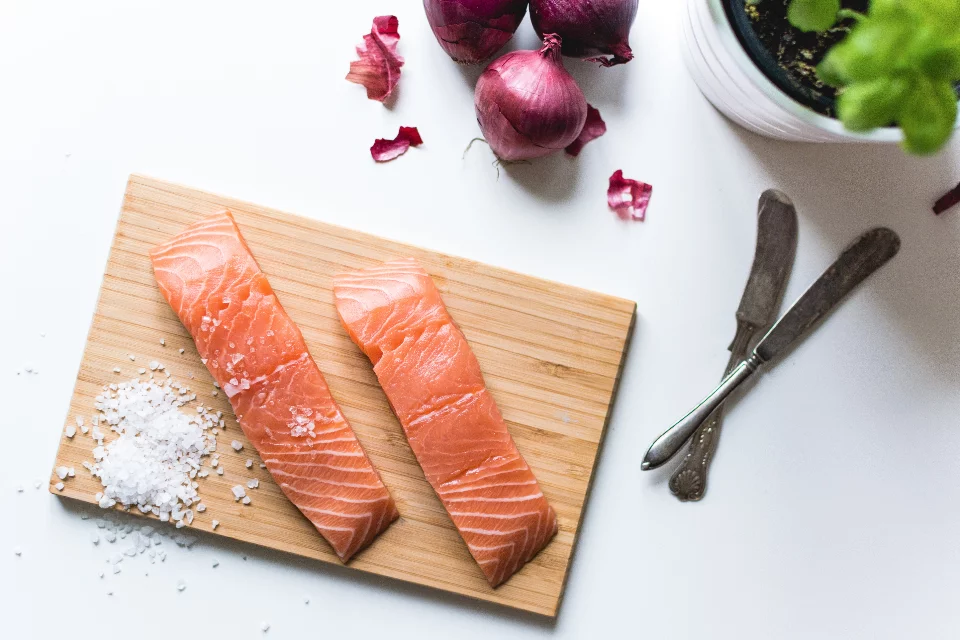Let’s get the bad news out of the way first: most holiday foods are severely inflammatory. This is unfortunate, particularly for those suffering from arthritis or other joint pain. While an omega-3 supplement like GLX3 can help keep inflammation in check this holiday season, there are even more matters which you can take into your own hands.
On that note, we offer the Haka Life Warrior’s guide to minimizing holiday inflammation. Follow these five tips to feel your best this holiday season, without sacrificing the simple pleasures.
1. Skip the highly processed foods
Some holiday dishes are simple. Roast meat. Green beans. Cranberry sauce. Others are more complicated, like that potato breakfast casserole dish your great aunt brings — what is even in that pan, anyhow?
Your best bet to minimize inflammation over the holidays is to keep what’s on your plate simple. Mystery foods — especially mystery meats and fillings — tend to be heavily processed and contain a lot of additives, preservatives, and other non-natural foodstuffs to boost flavor and shelf life.
A good rule of thumb is that if you can’t name everything in the dish (and correctly pronounce everything you are naming), consider skipping it or at least taking a smaller portion. Stick to what’s familiar and nutritious.
Some things to minimize or avoid altogether are processed dairy products, refined carbs (opt for the whole wheat dinner rolls), or trans fats like margarine or lard.
Also, highly processed meats like bacon, sausage, and ham are more inflammatory than all-natural roasted turkey or chicken. Meatloaf? Oh loaf no. Stick with a burger.
Whenever possible, cook from scratch over buying boxed or bagged “heat up and serve” items. Not only is this a good way to know what you’re eating and the effect the meal will have on your chronic pain, it simply tastes better, too.
As for Christmas cookies, we won’t tell anyone — about the first two.
2. Watch the portions
Part of the issue with holiday meals and inflammation is that the meals tend to be so large — there’s a reason why everyone wants to take a nap after Thanksgiving or Christmas dinner. Here’s a little secret — you can get away with sampling more of the goods by eating smaller portions of everything.
Rather than cover half the plate in mashed potatoes and gravy cut that portion down to ¼ plate, add an extra scoop of salad or green beans, and opt for an extra slice of turkey in place of that extra spoon of stuffing.
You don’t have to entirely skip your aunt’s casserole, but consider a smaller serving or sharing a piece with your partner.
In essence, your holiday meal should leave you excited about leftovers in the morning, rather than dreading the next three meals.
3. Employ the time-tested technique of “pre-eating”
Time-tested but under-utilized, pre-eating is the practice of whetting your appetite with something healthy and somewhat filling like trail mix, veggies and hummus, or an apple before arriving to the holiday get-together. This helps you avoid gorging on cheese and crackers or puppy chow Chex mix during the appetizer hour.
Even something as simple as not skipping your normal breakfast in the morning can help you avoid overeating — and as such, triggering excess inflammation — during a holiday meal.
The key here is to avoid the mindset of, “I’m going to eat so much at the holiday dinner that I don’t need to eat anything else today.” You can maintain your normal meal and snack schedule without ruining your holiday dinner — in fact, it might even make it better because you won’t find yourself lying on the couch wallowing in regret two hours after the pie is served.
4. Stay as active as possible
Depending on your mobility level, the holidays can be a time for exploration as much as they are a time for relaxation. A morning walk, a snowshoe with the grandkids, or even offering to help around the kitchen with cleanup duties can all help keep blood flowing and inflammation down.
Science says that you’ll actually feel more relaxed if you keep up healthy parts of your normal routine, including physical activity.
I know, we’re covering a lot of “do’s and don’ts” here — but one big thing to avoid to minimize holiday inflammation is what we call the “couch coma.” If all you do is eat and lounge, it’s a safe bet that your joints aren’t going to take the holidays well this year.
5. Take time for yourself
Whether or not you travel this year, or host, or even just prepare food for a housemate and yourself — don’t forget to take some time for yourself this holiday season. Stress — both physical and mental — can trigger unhealthy reactions including inflammation. And as much as we love family and friends, sometimes there’s no substitute for alone time.
One thing I try to do during the holiday madness is to block off a morning (that seems to be the only time when getting away for more than ten minutes is doable) to rewatch my favorite holiday movie, Love Actually. It’s become a personal tradition over the past few years and is something to look forward to for me, not for the grandkids, the in-laws, or anyone else.
Because hey — it wouldn’t be the holidays without at least some kind of splurge!



















